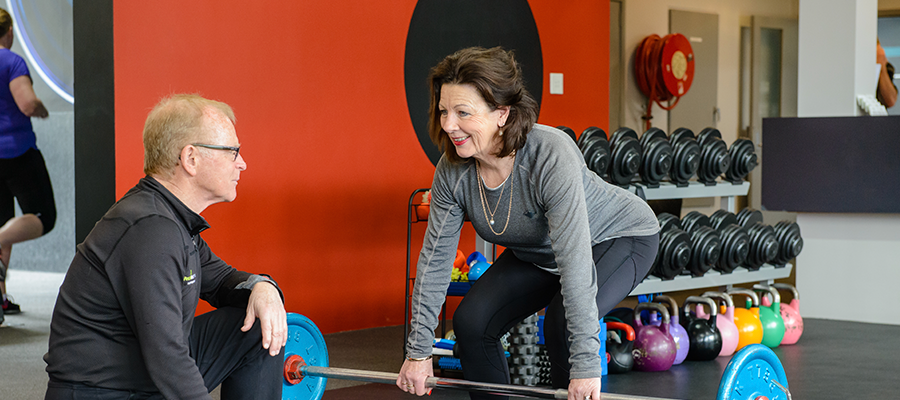Lower back pain can have many different causes and can be a nuisance but it may also be a serious medical issue.
If in doubt please consult your doctor before adopting any of the following techniques, particularly if you do not know the cause of your back pain.
For back and hip, pain/stiffness, particularly after sitting at a desk or in a car, characterised by feeling stuck in a bent forward position when standing up:
Prevention of bad alignment is the key, as sitting with bad posture tends to make joints such as the hips or facet joints to “lock up” and this can start the cycle of lower back pain.
For cars, buses and planes have the very back of the heels resting on the floor, this prevents the hips rolling into a position where they get stuck and start to affect the lower back.
At work: try and avoid having the knees pointing outwards. Avoid crossing the legs in any way.
Practise the 3 steps to perfect posture:
1, Slouch. 2, Be tall. 3, Stay tall and relax the back.
Back pain made worse by lying on your back or sleeping:
When lying on your back, walk your hips from side to side and drag your legs towards your top half to increase the space beneath your lower back, this will greatly relax the legs and reduce strain on your back
Back pain and stiffness that follows after activities such as gardening:
Use a
foam roller to release the tension accumulated in the back:
1, Lie on your back with the roller in reach.
2, Lift up your butt and slide the roller under your lower back, cross-ways.
3, Tilt your pelvis to lift and then lower your hips, resting your weight on the roller so the shape of the roller encourages your back to gradually bend more comfortably, keep moving though, this is mobilisation, not a stretch.
Back pain/fatigue experienced during exercise:
Exercises that are based upon the squat movement pattern, including weighted squats, deadlifts, kettlebell swings, wall ball, and so on are sometimes associated with lower back pain and/or fatigue. The muscles of the lower back are actually recruited during these exercises so some fatigue may be a normal part of strengthening the area.
As a general guide, 3 sets of a squatting based exercise in which mild pain/fatigue of the lower back muscles is felt during the final set, should be regarded as normal, the discomfort should decrease over a 4-6 week period and should be discussed with a trainer if it seems to be increasing in level or appearing sooner in the workout. If the discomfort is significant during the first set and appears to increase in subsequent sets, I would advise to stop the exercise and discuss an alternative or a solution with a trainer.
The causes of pain in the context of the above mentioned exercises can be complex and varied but the lower back is usually; a)
a)
moving too much to compensate for a restriction elsewhere in the body, such as the hips or ankles or
b) becoming stiff in an attempt of the body to restrict movement in order to stabilise excess movement elsewhere in the body.
Try alternating your exercise sets with the mobilisation described in the previous section.
Sudden sharp or “grabbing” pain experienced randomly when exercising or doing household chores such as vacuuming.
These sudden, sharp pains may be due to a number of different issues but are usually the body’s reaction to a perceived instability of some kind. the following 2 techniques both attempt to calm the central nervous system by decompressing the posterior spine and at the same time to create a balance of muscular action between the hip-flexors, the erector spinae, the gluteals, hamstrings and the rectus femoris.
Putting your back against a sturdy wall, lower yourself down to the level you’d be if sitting on a dining chair so that your hips are only slightly higher than your knees. Your feet should be under your knees. push with your feet to flatten your lower back against the wall. Hold this position for 30 seconds, then stand up and relax for as long as necessary.
The key to the success of this technique is all in the pushing of the back to the wall with the legs. A longer period is good, so long as it does not come at the expense of the pressure against the wall. Repeat as needed.

Lie flat on your back, lower legs resting and fully supported by a flat, level surface such as a dining chair. Stay in this position for as long as you can.
I’ll leave you with something to think about, something which is typically hard to think about when you are actually experiencing back pain but I guess no one ever did say it was supposed to be easy…
All of the types of back pain described above are symptoms of other problems. The back pain is not the problem, it is the part of the body complaining about the problem.
If I have client doing Kettlebell swings and they complain of back pain, I want to see what their feet are doing, I need to see how their shoulders are moving. If your back hurts when you do a deadlift, I’m interested in what your set-up was, before you did the deadlift.
These things are not necessarily complicated to fix but it can be much harder to fix by yourself. Consult a trainer if in doubt.
At P
ersonal Best Fitness we have had great success with helping our members reduce and
overcome back pain, with simple and effective exercises.
Eidolan Erin.
Master Personal Trainer
personalbestfitness.com.au
6234 5969

 Timetable
Timetable 6234 5969
6234 5969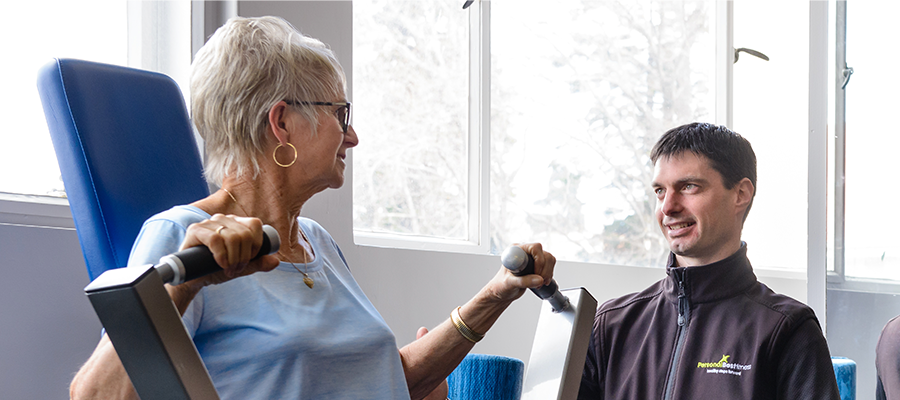
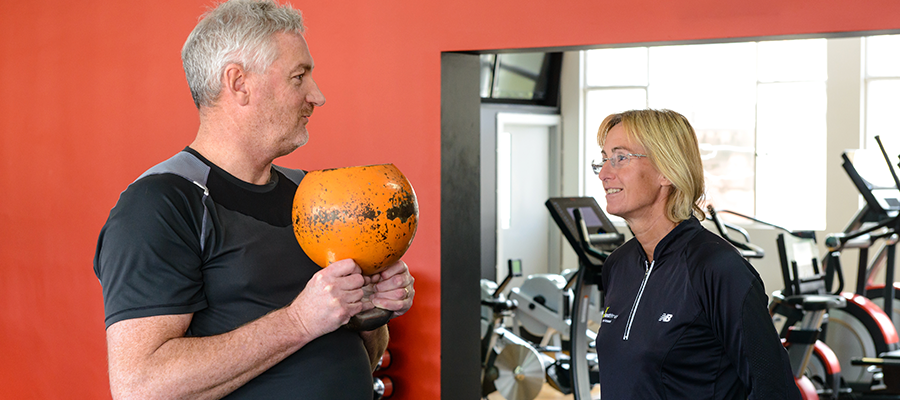
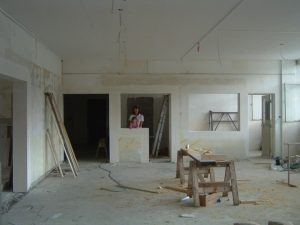
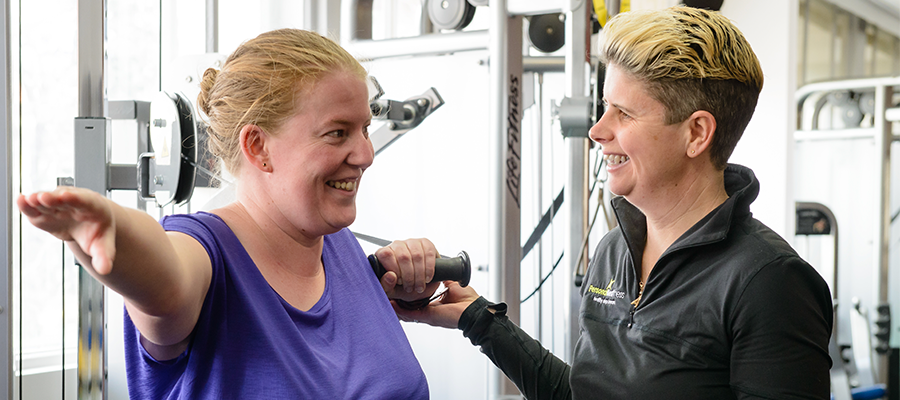
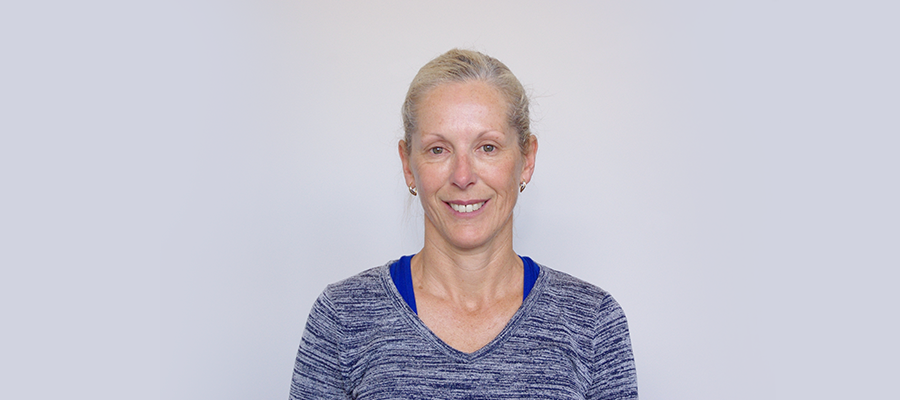
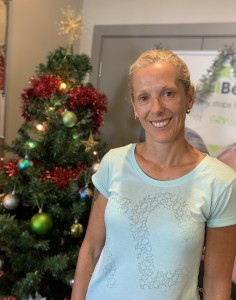

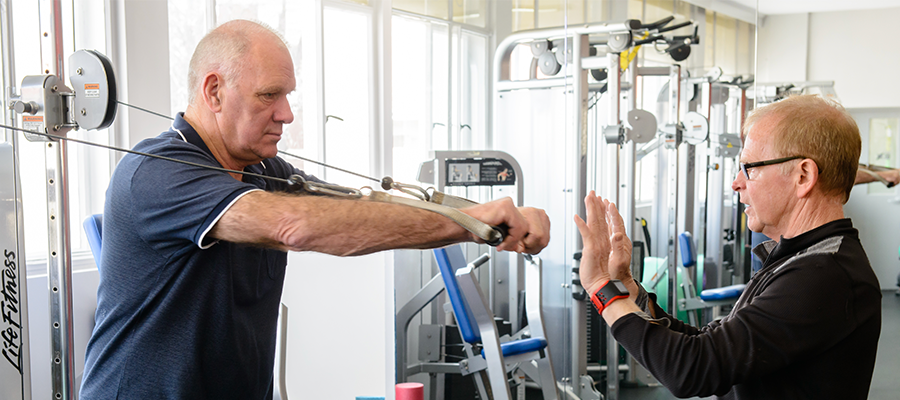

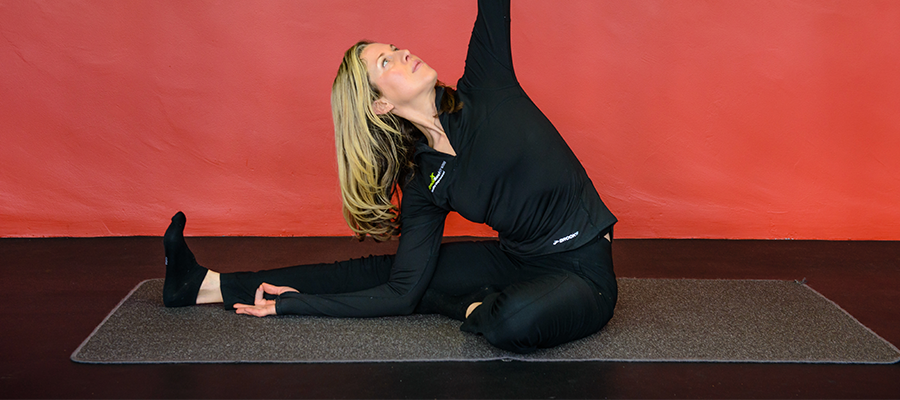

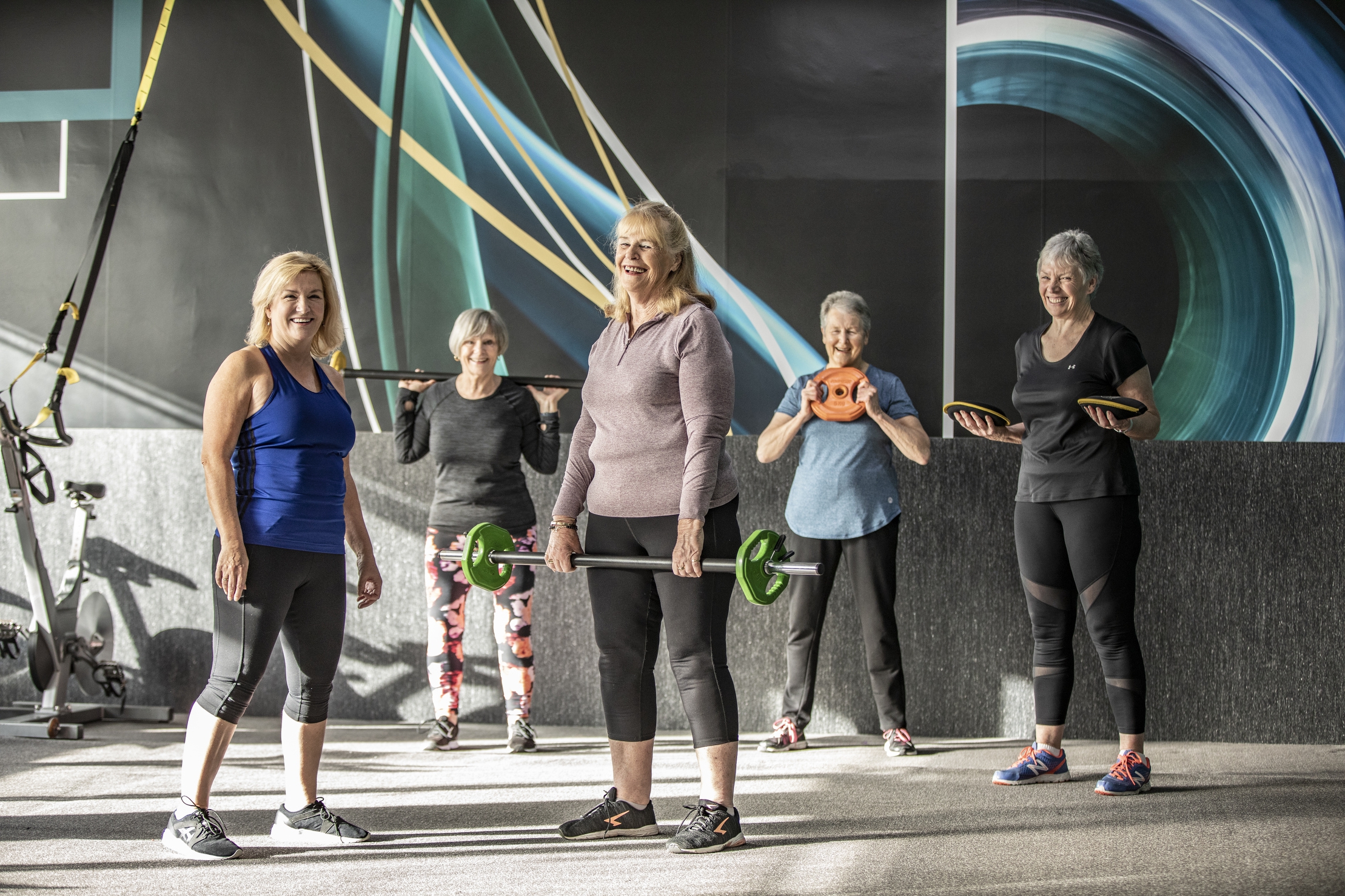
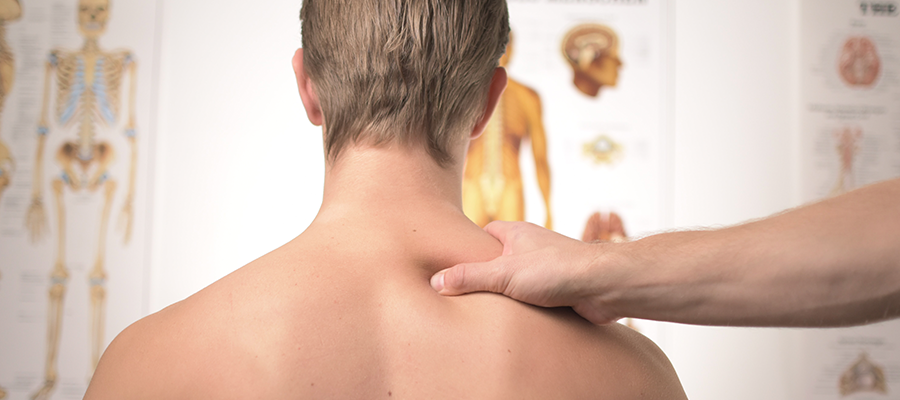
 Lie flat on your back, lower legs resting and fully supported by a flat, level surface such as a dining chair. Stay in this position for as long as you can.
I’ll leave you with something to think about, something which is typically hard to think about when you are actually experiencing back pain but I guess no one ever did say it was supposed to be easy…
All of the types of back pain described above are symptoms of other problems. The back pain is not the problem, it is the part of the body complaining about the problem.
If I have client doing Kettlebell swings and they complain of back pain, I want to see what their feet are doing, I need to see how their shoulders are moving. If your back hurts when you do a deadlift, I’m interested in what your set-up was, before you did the deadlift.
These things are not necessarily complicated to fix but it can be much harder to fix by yourself. Consult a trainer if in doubt.
At Personal Best Fitness we have had great success with helping our members reduce and overcome back pain, with simple and effective exercises.
Eidolan Erin.
Master Personal Trainer
personalbestfitness.com.au
6234 5969
Lie flat on your back, lower legs resting and fully supported by a flat, level surface such as a dining chair. Stay in this position for as long as you can.
I’ll leave you with something to think about, something which is typically hard to think about when you are actually experiencing back pain but I guess no one ever did say it was supposed to be easy…
All of the types of back pain described above are symptoms of other problems. The back pain is not the problem, it is the part of the body complaining about the problem.
If I have client doing Kettlebell swings and they complain of back pain, I want to see what their feet are doing, I need to see how their shoulders are moving. If your back hurts when you do a deadlift, I’m interested in what your set-up was, before you did the deadlift.
These things are not necessarily complicated to fix but it can be much harder to fix by yourself. Consult a trainer if in doubt.
At Personal Best Fitness we have had great success with helping our members reduce and overcome back pain, with simple and effective exercises.
Eidolan Erin.
Master Personal Trainer
personalbestfitness.com.au
6234 5969 